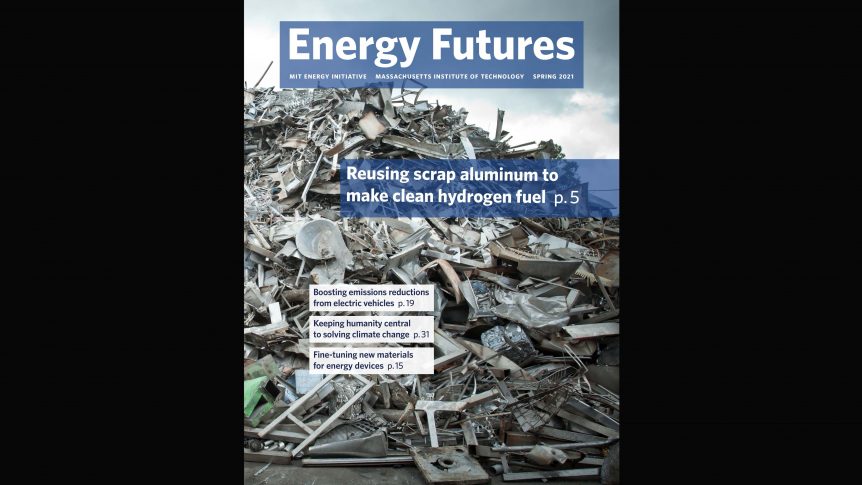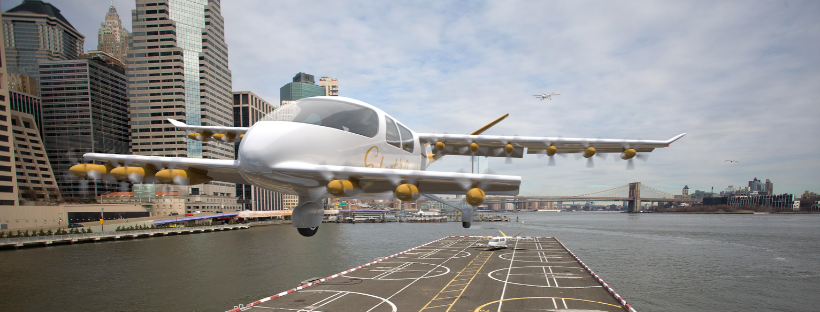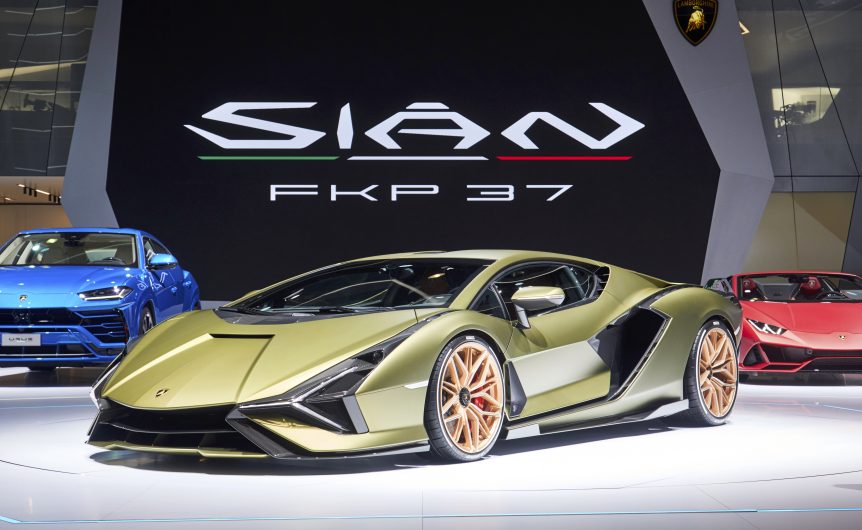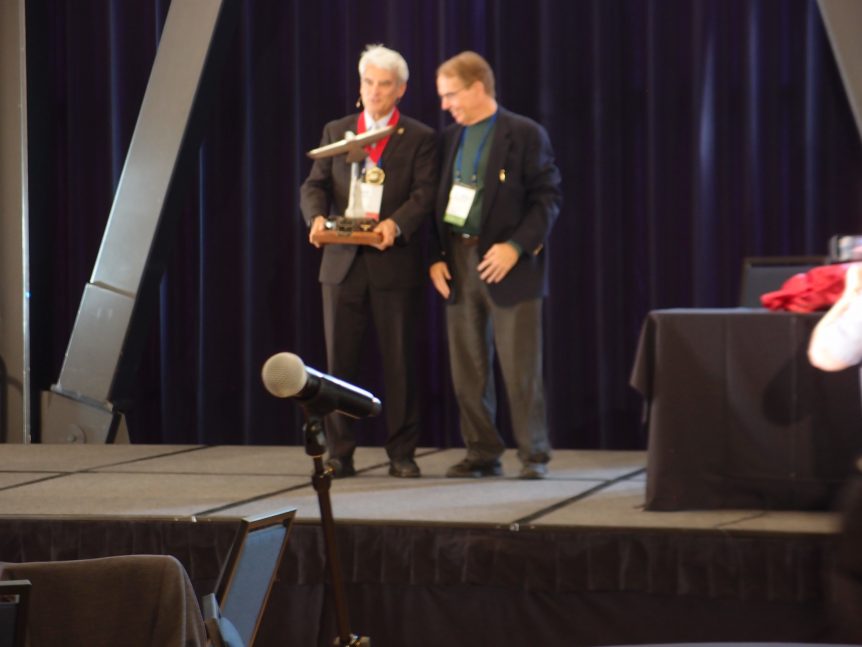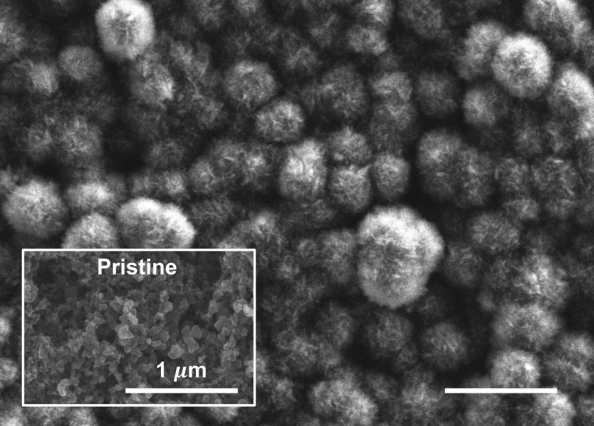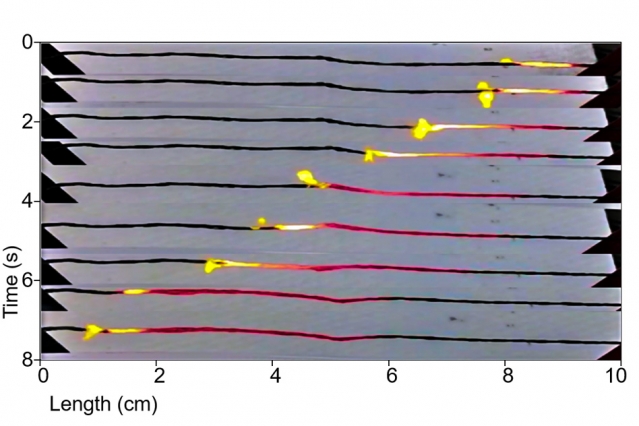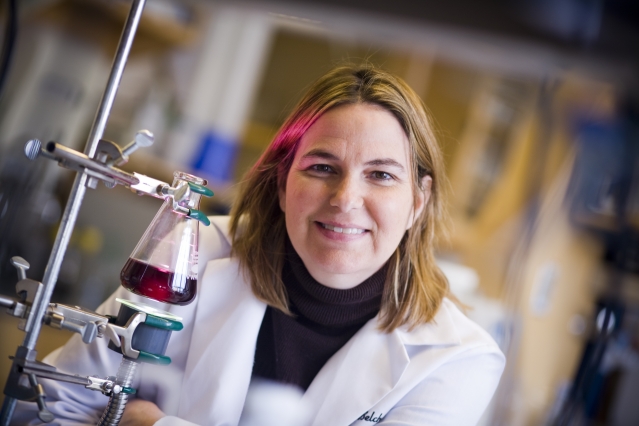Three Massachusetts Institute of Technology (MIT) researchers may be on the track of producing hydrogen from a reaction between aluminum (the scrappier the better) and water. Their “simple way” of generating H2 from aluminum and water can take place anywhere, according to the researchers. Since groups like ZeroAvia and Pipistrel with the DLR (German Space Agency) and HY4 are working toward at least intermediate-range hydrogen-powered flight, an inexpensive way to produce the gas would be a blessing. Current methods of producing H2 from fossil-fuel-related materials can be more detrimental to the environment than the promise hydrogen would otherwise bring, however. Corroding but Not Rusting Dr. Laureen Meroueh along with Professor Douglas Hart and Professor Thomas Eager at MIT have found a way to react aluminum with water at normal room temperature, leading to the formation of aluminum oxide while releasing hydrogen gas. Under normal conditions, aluminum exposed to water develops a coating of aluminum oxide. Stanford researchers in 2000 discovered …
eCSTOL: Longer Range Commutes on Less Power
Competition is growing in the electric Vertical Take Off and Landing market, with 407 potential builders listed in eVTOL News. Vertical flight takes power, though, and with available batteries limiting range, most such vehicles can make only short hops. Alternatives that allow speedier, longer flights, in the form of electric Conventional Short Take Off and Landing (eCSTOL) aircraft are in development. Such craft offer the benefit of requiring less power for takeoffs and climbs, being more aeronautically-based than power-based. Airflow, for instance, claims operating costs for their eCTSOL craft is one-third that of an eVTOL or helicopter. We will look at three eCSTOL craft that seem to making headway at this time. The infrastructure (in two cases below) to support their flight may already exist. Airflow Curt Epstein, writing in Future Flight, under the headline, “Infrastructure Needs for eSTOL and eVTOL Aircraft May be Closer than Imagined,” notes the “intense study” being undertaken. Speaking at the Vertical Flight Society’s Electric …
Supercaps for Supercars – and Sky Taxis?
Your editor has asked for years if batteries in electrically-powered aircraft could be augmented by supercapacitors, devices able to unleash significant amounts of power quickly. The usual answer is that the added weight of supercaps that could add power on demand would be about that of added batteries to equal the performance. We wrote about the use of super capacitors in KERS (Kinetic Energy Recovery Systems) used in Formula racers and even at LeMans. At around the same time, Mazda tucked supercaps under the front wheel well on some models to capture waste energy from braking. That energy could then power electric systems in the car and even recharge the main battery. In an explanation and comparison of lithium batteries and supercaps, Matt Ferrell gives a reasonable overview of the two and how they will probably evolve in the future. As he notes, Tesla recently purchased Maxwell technologies, possibly to fill what Maxwell describes as the “energy gap for fast-response, …
The 2019 Personal Aircraft Design Academy (PADA) Trophy
Honoring John Langford If one stays with a line of work long enough, one will accomplish mighty things. That’s certainly true for John Langford, Chief Executive Officer for Aurora Flight Sciences. His decades-long career, start his decades-long career, starting at Massachusetts Institute of Technology and culminating his company partnering with Boeing, has explored almost every aeronautical discipline. For this perseverance, he was awarded the 2019 Personal Aircraft Design Academy (PADA) Trophy. Aurora Flight Sciences’ Chief Technology Officer, Tom Clancy, was on hand at the 2019 Sustainable Aviation Symposium at UC Berkeley to accept the award for Langford. Clancy has worked with Langford since their MIT days, building and flying several human-powered aircraft, including the 1974 Daedalus. That aircraft flew the 74 miles from Crete to Sicily over the Mediterranean Sea, still the human-powered distance record. He and Langford went on to design, build, and fly an astonishing range of aircraft. Putting solar cells on Daedalus gave them a pilotless airplane …
Charging Carbon Dioxide Batteries and Clearing the Air
We would love to find ways to reduce carbon dioxide as a threat to our climate with an ever-decreasing timeline for accomplishing that task. University of Illinois at Chicago and Massachusetts Institute of Technology (MIT) have made inroads into creating a carbon dioxide battery that uses CO2 as an energy storage component. Amin Salehi-Khojin, associate professor of mechanical and industrial engineering at UIC’s College of Engineering, explains, “Lithium-carbon dioxide batteries have been attractive for a long time, but in practice, we have been unable to get one that is truly efficient until now.” A 7X Battery The incentive to use CO2 comes from lithium-carbon dioxide batteries having a specific energy density more than seven times greater than conventional lithium-ion cells. Unfortunately, until now, Li-CO2 batteries haven’t been rechargeable – at least for a reasonable number of cycles. Now, researchers at the University of Illinois at Chicago have demonstrated, “lithium-carbon dioxide batteries can be designed to operate in a fully rechargeable …
MIT’s Ionic Flyer – Solid State All the Way
This week, a kerfuffle tsunami has swept through the aeronautical press, with the announcement by Steven Barret of the Massachusetts Institute of Technology (MIT) that he has flown an ion-powered airplane that “doesn’t depend on fossil fuels or batteries.”* (A minor point – the airplane does have a battery that gets its output voltage ramped up by a custom power supply.) Five years ago, your editor reported on ionic thrusters, several of which were being tested by Barrett, associate professor of aeronautics and astronautics. These little devices have great promise for moving vehicles in space, where the vacuum presents no aerodynamic drag to overcome. Even a small nudge from a thruster in space will cause a vehicle to accelerate. They work fine for low-speed propulsion of small balloons here on earth, or for lightweight lifters as part of science demonstrations, but have been neglected for heavier-than-air craft until now. Comparing the development level of his ionic airplane to that of …
Aurora’s Odysseus – Large Enough for Its Mythic Name
Named for a mythical hero like its evolutionary predecessors, Aurora Flight Science’s Odysseus is a huge, but ephemeral thing. A wingspan larger than the largest 747’s and a weight no greater than a Smart Car’s (around 1,500 pounds) means this airplane will be slow and frail. A carbon fiber tube structure covered by lightweight Tedlar™ resembles the construction of Solar Impulse, but without the bulk of carrying a pilot. Since its antecedent was the world record holding distance champion in human-powered aircraft, the manner of flight is no surprise. Its intended altitude is. Odysseus takes it to the stratosphere. It’s the latest revelation in a thirty-year exploration of low-powered, extreme-endurance aircraft. Before he founded Aurora, John Langford led a group of Massachusetts Institute of Technology (MIT) students in a four-year program that developed three human-powered craft – the Daedalus series. In its final iteration, Daedalus set the still-extant world record for human-powered flight distance, 72 miles emulating the flight of its …
Your Battery is on Fire – and That’s a Good Thing
Mary Grady’s report at AvWeb alerted your editor to this exciting development. Imagine a battery capable of seven times the energy output of any lithium battery now in existence, made of non-toxic, easily recycled materials. One aspect of this new energy source might give you pause, however. You have to set fire to the battery to extract all that energy. With recalls of so-called “hoverboards” and still warm memories of Tesla and 787 Dreamliner battery fires, folks might be excused for wanting to avoid anything that combines fires with batteries. The new approach, from MIT researchers, uses carbon nanotubes as its base, and these don’t self-ignite like their lithium cousins. Michael Strano, the Carbon P. Dubbs* Professor in Chemical Engineering at MIT found that coating a carbon nanotube with combustible material and lighting one end would produce a current as the fire progressed along the tube. Even though the amount of energy generated was low, Dr. Strano and his students …
Pollutants into Clean Energy: Batteries into Solar Cells
Editor’s Note: We will tackle some larger contexts for the blog, including not only the aeronautical uses of clean energy but the social, environmental and even economic implications of sustainable aviation. This item appeals because it demonstrates the possibility of transforming materials otherwise hard to live with into products that enhance life and even give some hope for budget solar cells. Angela Belcher has made battteries from viruses and works with biological solutions to energy production. In this instance, she and her colleagues have shown a path to a sunnier future for all. Her work combining quantum physics and biology in the example below highlights the potential in a true paradigm shift. Another, less exotic but no less exciting instance shows the broad-ranging and inventive minds at work in Dr. Belcher’s laboratory. In use since the Victorian Age, lead-acid batteries are among the most common energy storage devices, even after decades of being challenged by newer technologies. Almost every car has …

